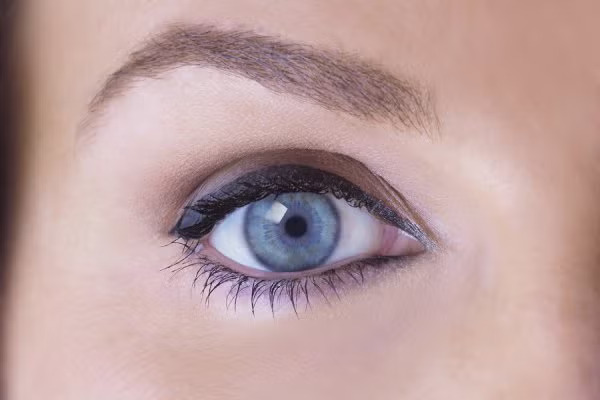If your eyesight is impaired, chances are you wear glasses on a daily basis to see clearly. However, you may be tired of constantly having to push up your sliding glasses, or you may be concerned about health problems that may crop up should your eyesight get worse. If this sounds like you, LASIK eye surgery may be a good option. Before you take LASIK surgery into consideration, you should educate yourself about the key points of it, such as cost, recovery time, risks, and what it treats. Not everyone is a good candidate for this type of surgery, so read further to find out if you are or not.

How Much Does It Cost?
LASIK is usually priced per eye and doctors can charge anywhere from $300 to $4,000 per eye. The lower-end prices are usually not what you pay in the end, since offices will advertise insanely low prices to entice you, and then charge you more based on your prescription, the technology used, and other factors. Although LASIK has been around for over 20 years, the average cost of the surgery has not really changed from $2,000 per eye.
Is LASIK Performed?
When you come to Spindel Eye Associates, our ophthalmologist will first have you put anesthetic eye drops in so you won’t feel any pain during the procedure. They will then make an incision to create a flap so they can reach your inner corneal tissue. After the flap is created, they will then use a laser to reshape your cornea to improve your eyesight. Once it has been reshaped, the flap is put back into place. You’ll have to wear protective shields on your eyes in order to prevent accidental rubbing, since any bumps to the flap can cause it to heal incorrectly. You may feel slight discomfort and irritation in your eyes after the surgery. However, you should feel comfortable once again after a few hours of rest. Possible side effects include glare, halos, dry eyes, and night vision disturbances.
What Are the Different Types of LASIK Procedures?
There are different types of LASIK eye surgeries done, depending on the patient’s prescription. Custom LASIK is a personalized type of treatment that utilizes Wavefront Technology. This technology measures how light travels through your eyes. As a result of the precision of Wavefront Technology, there is a better chance for you to recover 20/20 vision. There is also less chance of seeing glare, halos, and night vision disturbances. Another type of LASIK is bladeless LASIK. As suggested by the name, there are no blades used. The last type of LASIK is topography-guided, which is the newest technology available. The topographer provides individual profiles for your eyes that are extremely detailed. Consulting with a doctor is the best thing to do to determine which type of LASIK procedure suits your personal situation the best.
- Allergies and Dry Eyes2
- Astigmatism5
- Bifocal Contact Lenses1
- Cataracts15
- Children6
- Contact Lenses17
- Contacts6
- Cosmetic Eye Procedure1
- Cosmetic Surgery1
- Crizal Prevencia1
- Diabetes3
- Dry Eye Syndrome Manchester4
- Dry Eyes24
- Effects of Exercise1
- Eye Care45
- Eye Disease3
- Eye Doctors17
- Eye Exams31
- Eye health44
- Eye irritation7
- Eye Strain3
- Eye Syndrome1
- Featured Post8
- Financing Options1
- Glasses20
- Glasses or Contacts1
- Glaucoma12
- Infographic3
- IPL3
- Lasik28
- LASIK Surgery23
- Lip Care1
- Macular Degeneration4
- Ocular Diseases2
- Pulsed Light Therapy1
- Refractive Errors1
- Spindel Eye2
- Spindel Eye Reviews16
- Sunglasses2
- Top-Tier Awards1
- Trifocal1
- Vision Care13
- Winter eyecare1
- Winter glare1
